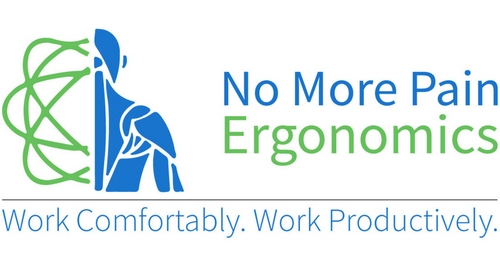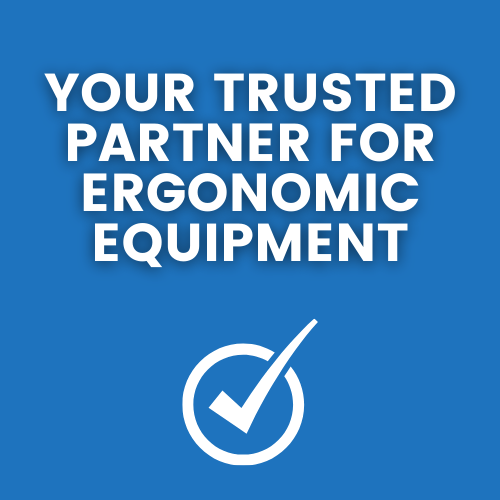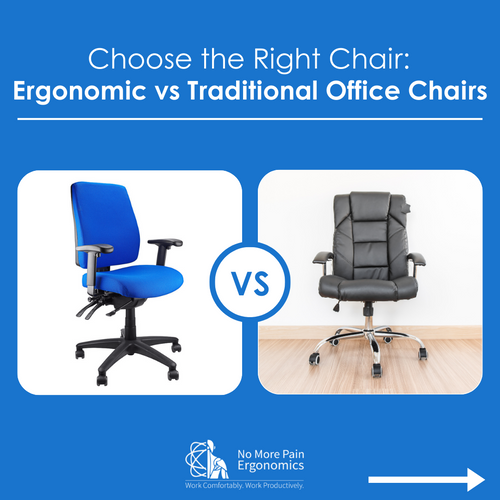Every October, Australia observes National Safe Work Month, a dedicated period for raising awareness about workplace safety and fostering a culture of safety within organisations across the nation. While safety in the workplace often brings to mind images of hard hats and safety vests, it is equally vital to focus on the well-being of office workers who spend extended hours at desks and computer screens. This National Safe Work Month, let's delve into the realm of office ergonomics and explore how organisations can champion safety for their desk-bound employees.

The Importance of Office Ergonomics:
Office ergonomics centers on the design of workspaces to enhance employee comfort, minimise injury risks, and increase productivity. Given the prevalence of sedentary office work, creating a safe and ergonomic workspace is of utmost importance.Key Initiatives for Promoting Office Ergonomics:
1. Ergonomic Assessments:
Begin by conducting thorough ergonomic assessments for all office workstations. These assessments identify potential risks and offer personalized solutions to employees.2. Adjustable Furniture:
Invest in desks and chairs with adjustable features that enable employees to tailor their workstations to their individual needs. Encourage employees to alternate between sitting and standing positions to reduce the risk of musculoskeletal issues.3. Monitor Placement:
Ensure computer monitors are positioned at eye level and at an arm's length away to minimize neck and eye strain.4. Keyboard and Mouse:
Provide ergonomic keyboards and mice that promote a natural hand and wrist position, reducing the risk of repetitive strain injuries.5. Regular Breaks:
Encourage employees to take regular breaks for stretching and movement. Implement the "20-20-20" rule, suggesting that every 20 minutes, employees take a 20-second break to look at something 20 feet away, alleviating eye strain.6. Education and Training:
Offer training sessions and workshops on office ergonomics. Ensure employees understand the significance of maintaining proper posture and using ergonomic equipment correctly.7. Supportive Chairs and Cushions:
Provide chairs with lumbar support for proper spinal alignment. Encourage the use of seat cushions to enhance employee comfort.8. Ergonomic Accessories:
Consider supplying ergonomic accessories like document holders, footrests, and monitor stands to improve employee comfort and reduce strain.9. Employee Feedback:
Establish a feedback mechanism that enables employees to promptly report discomfort or ergonomic issues. Address these concerns promptly to demonstrate your commitment to their well-being.10. Regular Reviews:
Conduct periodic reviews of ergonomic initiatives to ensure their effectiveness. Make adjustments as necessary to continuously enhance the ergonomic environment.National Safe Work Month in Australia offers organisations an ideal opportunity to prioritise the safety and well-being of their office workers. By implementing comprehensive office ergonomic initiatives, companies can establish a workspace where employees feel comfortable, supported, and secure. Investing in office ergonomics not only reduces the risk of workplace injuries but also enhances productivity and fosters a culture of care and well-being. This October, let's work collaboratively to enhance workplace safety through office ergonomics and ensure the health and happiness of our desk-bound employees.
















← Older Post Newer Post →
0 comments
Get in Touch
Still have a question or simply want to discuss what ergonomic products are best suited? Get in touch, our expert team is available to provide free advice and support.